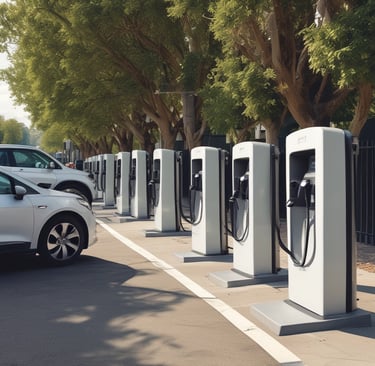Load Management for Business EV Charging: What You Need to Know
Load Management for Business EV Charging: What You Need to Know
7/13/20251 min read


As EV chargers draw significant electricity, managing energy consumption is critical for businesses—especially those with multiple stations. Load management ensures your system operates efficiently without overloading the grid or driving up utility bills.
What Is Load Management?
Load management refers to software and control systems that regulate how and when chargers draw electricity. Instead of all chargers operating at full capacity simultaneously, load management distributes energy based on real-time demand and site limits.
Key Benefits
Avoid demand charges: These are utility fees based on peak energy use. Load management helps flatten demand spikes.
Maximize existing infrastructure: You can install more chargers without upgrading your electrical panel or transformer.
Ensure fair access: Users can share limited charging capacity without interruptions or long waits.
Types of Load Management
Static load sharing: Chargers divide power equally among connected vehicles.
Dynamic load balancing: The system adjusts distribution in real-time based on usage and capacity.
Scheduled charging: Charging is staggered or delayed based on time-of-use rates or building load.
Getting Started
Many smart chargers come with built-in load management features. Choosing a networked solution allows you to monitor energy usage, control access, and manage costs remotely via dashboard or app.
Conclusion
Load management is essential for scaling EV charging efficiently. It helps businesses control costs, reduce grid impact, and deliver a seamless charging experience for users.
Tailored US Business consulting for reliable EV charging solutions | US Charging Consulting LLC
Newsletter
© 2025. US Charging Consulting, LLC. All rights reserved. T&C/Privacy Policy/Legal
